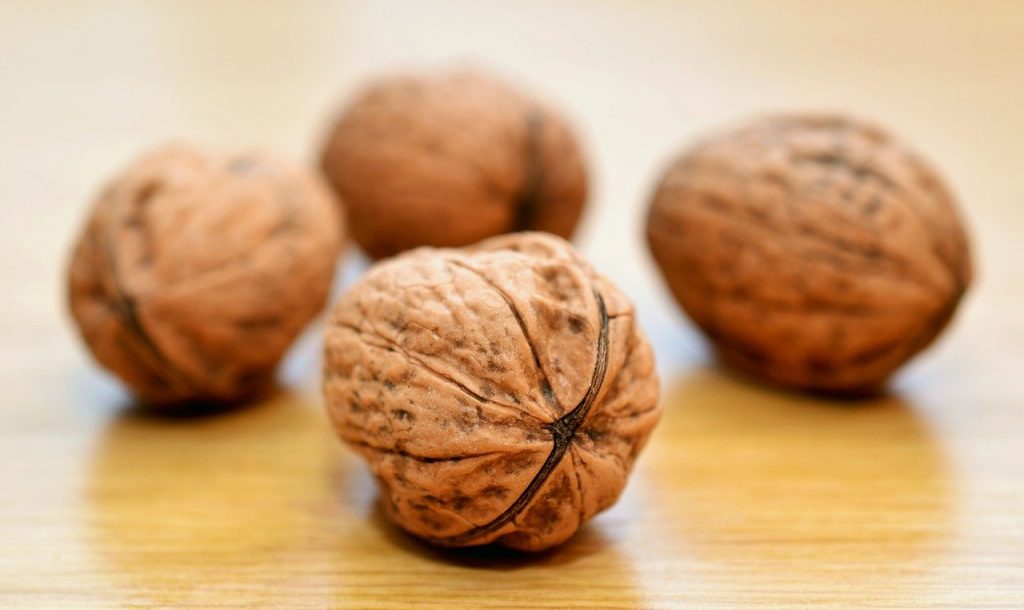[Article updated on 19/09/2023]
Menopause is often synonymous with weight gain but that’s not all… For those who were, before this period of their life, accustomed to seeing their weight vary, they can testify to the different way in which weight is distributed then. The pounds tend to accumulate in the abdominal area and love handles, and this possibility can be accompanied by a loss of volume in the thighs and buttocks: the silhouette is transformed, the Skin loses elasticity, and cellulite may appear. The picture is not very encouraging but nothing is fixed or irremediable, there is no inevitability.
All women are not subject to the same variations, nor with the same intensity, and solutions linked to diet and physical activity give very good results if they are applied with regularity and perseverance. So, the average weight gain of 0.6 to 5 kg is not that important, and even if it occurs in a short time, there are ways to act.
What is menopause linked to?
Each woman has a stock of oocytes called the ovarian reserve.. This reserve decreases over life since an oocyte is “expelled” at each ovulation, and when it is exhausted, ovulation is no longer possible. Progesterone production decreases and then stops, followed by estrogen production. There are then no more periods.
The secretion of sex hormones, estrogens, therefore gradually decreases since they were used for ovulation. However, estrogens inhibit food intake… Their reduction and then disappearance thus explains an appetite which can increase. However, it should be noted that this increase in appetite is subtle, a bit like the way in which during her cycle, a woman can experience variations in the feeling of hunger.
Among estrogens, we also find estradiol. This hormone is involved in the breakdown of fats body and in the quality of the skin. We thus understand that its reduction leads to morphological consequences.
Decreased metabolism
Two phenomena are observed: on the one hand the reduction of approximately 100 kilocalories per day in resting energy expenditure (what we call the basic metabolism, i.e. the calories that the body uses spontaneously for its functioning) which occurs in average from the age of 48. On the other hand, physical activity which decreases during the premenopause period, and which would be equivalent to approximately 130 kilocalories daily. There is therefore a total of 230 “unburned” kilocalories.
Knowing that a 60 kg woman walking at a speed of 5 km/h burns nearly 200 kilocalories per hour, she will burn around 230 kilocalories per hour going 6 km/h. This also represents 30 minutes of exercise cycling. And as we notice a simple drop in activity, it is interesting to monitor ourselves in order to continue to be active in our daily lives. Simple reflexes such as walking up the stairs, and walking rather than taking the car on certain occasions, allow you to maintain a satisfactory level of activity.
Food-wise, it is essential to rethink your choices and purchases: a good knowledge of the nutritional composition of foods and a comparison between products allows you to save a large number of calories. Take the example of whole milk yogurt: one pot contains 4.9 g of lipids (fat) or 44 calories of fat. A semi-skimmed yogurt contains 1.25 g or 11 calories per pot. If we count a difference of 33 calories per pot, this gives a result of 990 calories per month counting only one yogurt per day.
One last example: 100 g of sausage provides 30 g of lipids compared to 2.5 g for 100 g of turkey escalope… a difference of 250 calories.
Let us also point out that “homemade”, although it is very appreciable qualitatively speaking, is not always devoid of calories. Homemade shortcrust pastry is no less fatty than industrial pastry. A homemade cake is no less rich than at the bakery. In the same way, even if certain oils such as olive, walnut and rapeseed have undeniable virtues, they are not less caloric than butter or lard. You must therefore be vigilant regarding nutritional quality, but also caloric levels in order to ultimately save 230 calories per day quite easily.
Densify muscle mass
Tending to decrease with age, it is necessary to continue to eat proteins in order to guarantee the maintenance of muscle mass. However, many women give up meat over the years. That said, for a 1.6 m woman weighing 58 kilos, we find enough protein by accumulating 3 dairy products per day and 120 to 140 g of red or white meat, or fish or eggs (making sure to choose them lean) . A good knowledge of the vegan diet could make it possible to supplement correctly if these contributions were not guaranteed.
As for the waistline getting thicker, this is a normal phenomenon, linked to the compression of the intervertebral discs. To combat this, we must re-educate the abdominal strap through effective techniques like Pilates.

Do good with omega 3
Essential for the proper functioning of the brain and the quality of the skin and hair, they are a precious ally during menopause. Two to four tablespoons of oil (olive, rapeseed and nuts for their good omega 6 / omega 3 ratio) help guarantee intake. It is also found in other products, but vigilance regarding calories is required. So, one avocado represents four tablespoons of oil. 15 g of walnuts, hazelnuts or almonds represents one spoonful. 100 g of fatty fish (salmon, fresh tuna, sardines, herring, mackerel) provides the equivalent of one to two spoons…
No fatality
This period of life therefore invites women to take a close interest in their diet. Without it becoming obsessive, a rebalancing allowing essential intakes while limiting calories is possible without harming the taste quality or the pleasure component.
